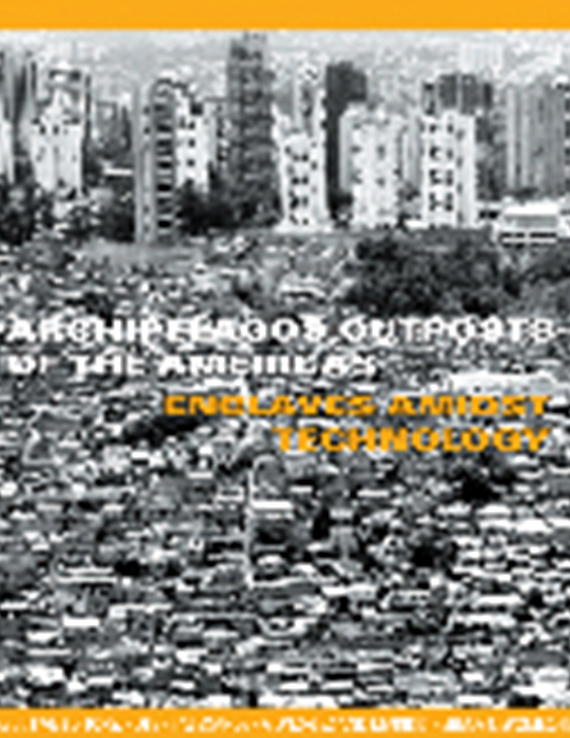Author(s): Kim Steele & Rebecca O'Neal Dagg
The 2,000-mile line dividing the U.S. from Mexico and its extension along the Gulf Coast dividing the U.S. from Cuba exists as a three-dimensional line thickened by discordant uses, anarchic forms, displaced places, and segregated inhabitation. The turbulent history of the borderlands is riddled with misconceptions, fantasies, and tragedies. People coalesce here and then disperse in an effort to fulfill the destiny of their desires and to attain the mythological better life in the United States. Their original point of departure and the magnitude of their want often determine their levels of fulfillment. This interdisciplinary design studio, Borderlands, seeks to identify, define, and graphically represent the structure and form of the borderlands region. A series of graphic explorations and verbal arguments were developed discussing the relationship between landscape, urban form, interiority, architecture and the political, social and cultural transactions that occur within the built environment of the borderlands. Analysis of the existing built environment’s relationship to the landscape provides a critical view of how the borderland was shaped culturally, socially, and politically. This base knowledge of cultural inhabitations and geographic adaptations promotes informed decisions regarding appropriateness of proposals and interventions in the future growth and development of the borderlands. The significance of this project lies within the weaving together of a contested edge – the border. It articulates how to look at a geographical region that is bifurcated by a politically sharp boundary. The research conducted here begins to address human needs across an intense line of difference. The question is not so much how do you find dignity in human settlement, but rather – how do you find human dignity in inscribed difference across this thickened borderline? The borderlands are an extreme example of denied ecology, a complete defiance of nature. Typically the health of indigenous communities – plants, wildlife, humans – is dependent on adaptation to the physical landscape. Along the US-Mexico border the shift is away from dependence on the ecology of nature to dependence on the ecology of power. The purpose of this studio is to determine whether physical design is capable of ameliorating this contested zone of denied ecology.
Volume Editors
Marilys R. Nepomechie & Robert Gonzalez
ISBN
0-935502-54-8

 Study Architecture
Study Architecture  ProPEL
ProPEL 
